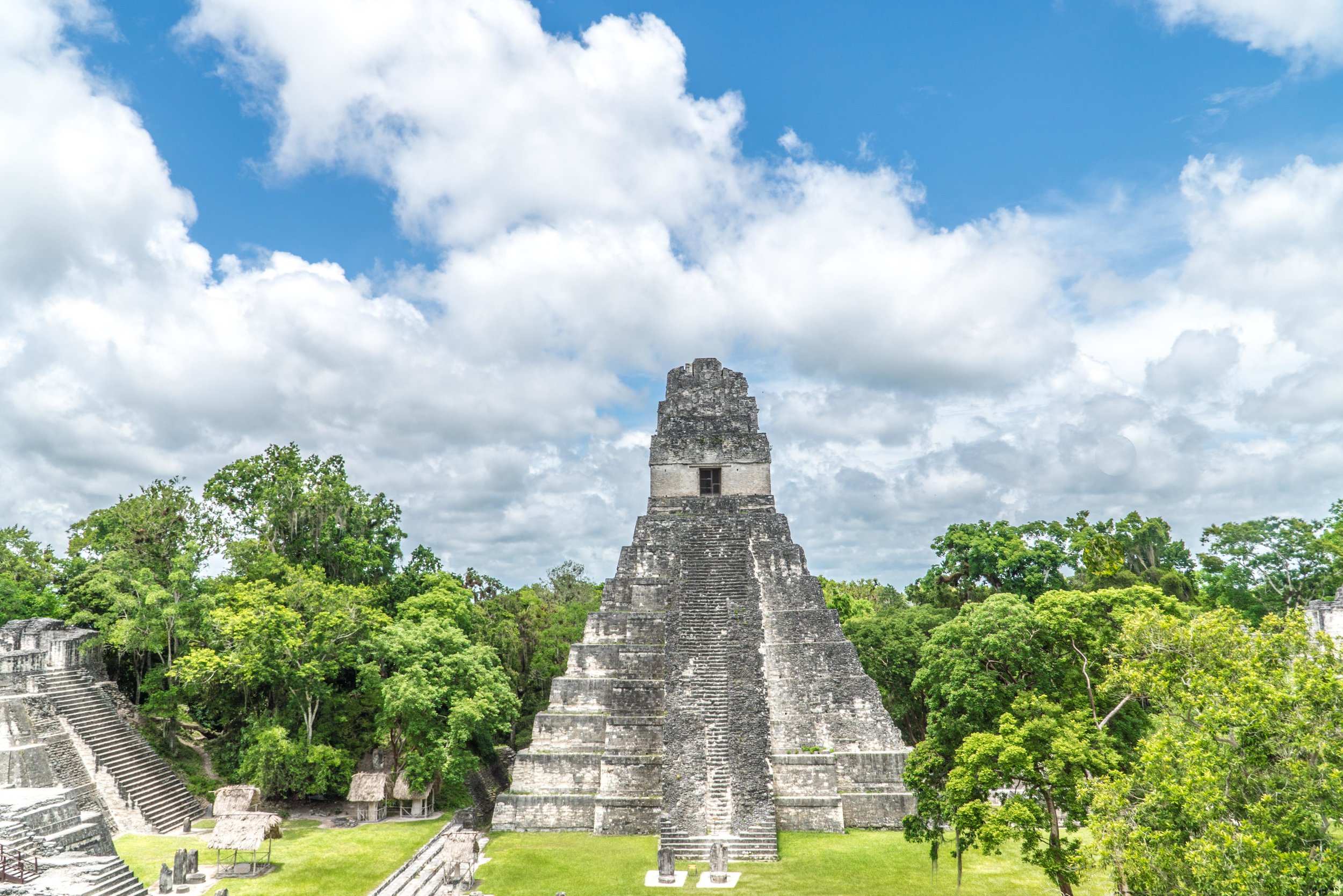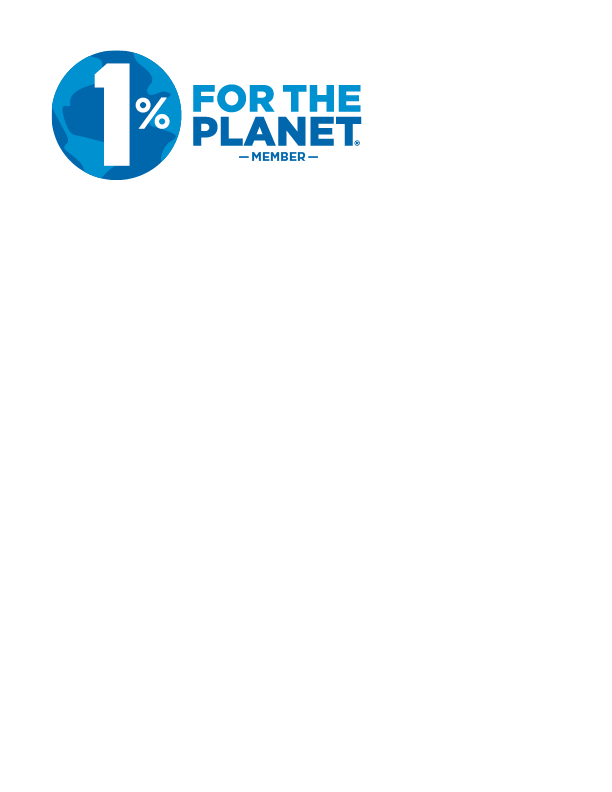Digital Detox: 9 Tips for Traveling Unplugged
A few weeks ago, I wrote here on WTG about what I’d learned the last few years from taking numerous unplugged trips every year. After taking more than 25 of these digital detox trips, I felt like I had something to say about the subject. In short: This habit of traveling unplugged is one of the best habits I’ve ever formed.
The impetus for taking quarterly digital detoxes came several years ago during what I consider my busiest time as a freelance writer and marketing professional in travel. While I felt as if I had a thriving freelance travel writing and marketing career, it had largely been built on the back of technology and the Internet. And that didn’t seem to hold much water. Plus, it seemed like a one-way highway to burnout. So, on the back end of a business trip, to Seattle, I decided to take a digital detox, in which for several days, I completely unplugged. By the end of that year, I took four trips like this. Now, several years later, and I’ve taken at least 25.
While I recently shared some of what I’ve learned from taking these digital detox trips, I now wanted to share some tips for those who are thinking about traveling unplugged or want to make digital detoxes more of their lifestyle. For many, this post maybe irrelevant. But there may be many of you who felt like I did, or who have worked in technology, marketing, or the entertainment industry, and want to be less dependent on technology, especially in their down time. (Meanwhile, this podcast episode, from one of my favorite podcasts, Wild Ideas Worth Living, is a good primer on unplugging in day-to-day life.)
If that may be you, then read on for my tips for traveling unplugged.
Note: I’m not telling you how to travel here. At the end of the day, I’m eager to share what’s been one of the best habits I’ve formed, and hope that there may be something that readers can walk away with to be more conscious, mindful travelers. Or as the cool kids may say, more woke travelers. When it’s all said and done, isn’t that what a trip should do, make us a better person at the end of it than at the beginning?
9 Tips For A Digital Detox Trip
Download Headpsace, or other apps that nurture unplugging
I know, it’s a bit of oxymoron talking about unplugging from technology by telling you to download technology apps. However, one of my best investments I’ve made in the last year is in Headspace, which is a subscription-based meditation app. Headspace is something I wish I would’ve known about when first starting to travel unplugged, since at first, I frequently found myself restless, bored and not very mindful. Now, after committing to using Headspace daily to start my year, I feel more mindful than ever, as the app’s guided meditations, guided walks and courses have helped reduce stress, lessen anxiety and made me more present. If you don’t want to invest in a subscription, you can try Headspace out, or there are a number of other great apps like Insight Timer.
Even if you’re not into meditation or yoga, or it feels a little too “hippy,” I’d highly recommend trying a meditation app out. Consider trying it out before a trip to trip to get comfortable with meditating (believe me, it’ll feel uncomfortable at first), and see how your mind and body responds to it. Then, on an actual unplugged trip, you can make it a daily habit, and reach for it during those moments of boredom and restlessness.
Take advantage of the new iOS Screen Time feature
Weirdly, Apple’s new Screen Time functionality on the iPhone and iPad, is my new favorite app. Honestly, it feels a little weird that a technology company that makes its money off screen time would build functionality to limit it, but I’m rolling with it. At its core, the Screen Time feature, which is found in the settings of iOS 12, monitors your screen time. As a warning, you may be depressed the first time you look at it. However, I think Screen Time’s most powerful feature is how it can limit your iPhone usage, particularly of certain apps, like Instagram, for example, or an entire category of apps, like social media. Once you hit that limit, it blocks your access to it.
Screen Time example by Apple
If you want to ease into unplugging and digital detoxes, then taking advantage of this is a good starting place. On an unplugged trip I take it even further by completely turning off alerts (which I’ve now done at home, too), and deleting apps that I may be tempted to open.
Not on the Apple Bandwagon? Google has their own version, called Digital Wellbeing.
First take an unplugged day trip or weekend road trip
Unplugging for an entire vacation seems like a stretch. Truthfully, there have been trips where I haven’t completely unplugged, and wanted to catch a movie or talk with my family. This isn’t a one-size-fits-all approach. As such, I recommend experimenting with different types of trips, such as starting with a day trip and building from there. All that is to really say that I don’t want to be responsible for anyone’s unhappiness because of something like a month-long off-the-grid trip trip in the jungle where it rains every day.
Start small
My first unplugged trip, to Bainbridge Island, I started small, just 4 days, and regionally, knowing that Seattle was close by if I found traveling unplugged repulsive. It was like test-driving a car before buying it. While I’ve taken anywhere from 3- to 15-day trips, I’ve found that 4-6 days are the sweet spot. Additionally, if it’s something like an outdoor adventure, then I’ll often sandwich it with a day or two in a major city. A couple of years ago, in the case of trekking Patagonia, I sandwiched it between a few days in Buenos Aires and a few days in Santiago, Chile.
Take a national park digital detox
Arguably the easiest, most natural unplugged trip is a trip to a national park, since many national parks by their very nature are off the grid. In the U.S., Zion National Park, Joshua Tree and Glacier all have limited to no cell service throughout most of their national parks. Abroad, at many national parks, such as Patagonia’s Torres del Paine National Park, service and Wi-Fi is even more limited.
Stay at an unplugged hotel
Honestly, this is one of my new favorite unplugged travel experiences, because it feels like vacation as it’s meant to be, and with many hotels offering unique experiences to foster unplugging. A couple years ago, for example, I stayed at a Mexican yoga retreat in the jungle (it’s as cool as it sounds), Haramara, just above the Nayarit beach town of Sayulita, where all the suites are off-the-grid. While they host yoga retreats, you can also set up your own yoga itinerary (or not do any yoga at all), and have them arrange any number of off-site adventures. Elsewhere, at other hotels, guests can actually hand over their phone. At some Wyndham properties, for example, they’ll give families a discount, plus exclusive in-room amenities at check-in, when they lock away their devices.
Take an unplugged trip with like-minded travelers
This was the theme of my longest unplugged trip (2 weeks in South America), where I took a 5-day trek with Ecocamp, in Patagonia’s Torres del Paine, with 15 other adventurous travelers. Those few days in Torres del Paine National Park is what I’ve frequently described as my favorite week of travel. While many of these unplugged trips of mine are solo, or with a couple friends, there was just something about having a purposeful adventure, shared with like-minded strangers from around the world and to the backdrop of one of the most beautiful regions of the world. Bonus points: I could’n’t have gotten cell reception or Wi-Fi if I wanted.
Embrace analog
Call me old fashioned, but I still think there’s virtue in the written word that’s actually written in pen. After all, “The pen is mightier than the sword,” according to Edward Bulwer-Lytton in the 1800s. On an unplugged trip, I have a notebook and pen that serves a couple different purposes. First, it’s kind of my personalized map and guidebook with recommendations and notes about the place I’ve visited. But also, it’s filled with ideas, intentions, and to-do lists for when I return. Also, it’s filled with addresses to send postcards. And who doesn’t like receiving postcards? No one I trust.
Set expectations
Lastly, set expectations. This has been one of the most important things for planning a digital detox trip, while also helping as I transition back into everyday life when I return. From friends and family to colleagues and employers, I clearly set expectations and “rules of engagement” when I’m traveling like this. And it’s yet to fail, evidenced by most of my trips, in which I didn’t have a single work call or text during my trip, and caught up on email in 30 minutes upon returning.


















